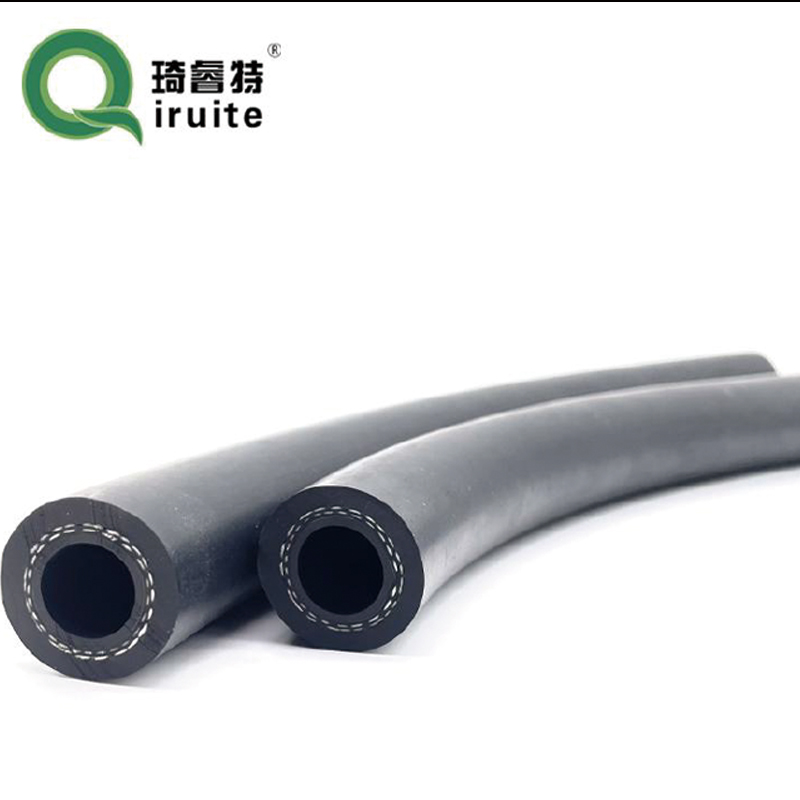Honda Civic Power Steering Hose Swap Guide and Tips for a Smooth Replacement
Honda Civic Power Steering Hose Replacement A Comprehensive Guide
When it comes to maintaining your Honda Civic, paying attention to the power steering system is crucial. A malfunctioning power steering hose can lead to significant issues, including steering difficulties and fluid leaks. Replacing the power steering hose is a straightforward task that many DIY enthusiasts can tackle with the right tools and knowledge. In this article, we'll guide you through the steps involved in replacing the power steering hose in your Honda Civic.
Understanding the Power Steering System
Before diving into the replacement process, it's essential to understand the role of the power steering hose. The power steering system utilizes hydraulic fluid to assist in steering, making it easier to turn the wheel. The power steering hose carries this fluid between the power steering pump and the steering gear. Over time, due to wear and tear, the hose may develop leaks or cracks, necessitating a replacement.
Tools and Materials Needed
Before starting the replacement process, gather the necessary tools and materials
1. New Power Steering Hose Ensure you purchase the correct hose for your specific Honda Civic model and year. 2. Wrenches or Socket Set Typically, you will need a combination of open-end wrenches and sockets. 3. Screwdrivers Flat-head and Phillips screwdrivers for any clamping mechanisms. 4. Fluid Container To catch any leaking power steering fluid during the replacement. 5. Power Steering Fluid For refilling the system after the installation is complete. 6. Shop Rags For cleaning up any spills.
Step-by-Step Replacement Guide
1. Preparation Start by parking your Honda Civic on a flat surface. Turn off the engine and engage the parking brake. To ensure safety, disconnect the battery, especially if you're working on the electronic components.
2. Locate the Power Steering Hose Open the hood and locate the power steering pump. The hose typically connects to the pump and leads to the steering gear. Examine the hose for any visible signs of wear or leaks.
honda civic power steering hose replacement

3. Drain Power Steering Fluid Place a fluid container under the power steering pump to catch any remaining fluid. Loosen the hose clamps and gently remove the hose from the pump, allowing the fluid to drain.
4. Remove the Old Hose Using your wrenches or socket set, carefully unbolt the old power steering hose from its mounting points. Be cautious of any remaining fluid that may spill out during this process.
5. Install the New Hose Take your new power steering hose and install it in the same position as the old one. Ensure that all bolts are securely fastened, and tighten the hose clamps adequately to prevent leaks.
6. Refill the Power Steering Fluid After installing the new hose, it's time to refill the power steering fluid. Consult your Honda Civic owner's manual for the correct type and specifications. Pour the fluid into the reservoir and be careful not to overfill.
7. Check for Leaks Before closing the hood, turn the steering wheel from lock to lock several times to pressurize the system. This action allows you to check for any leaks around the new hose. If everything appears secure and there are no leaks, you can proceed.
8. Reconnect the Battery If you disconnected the battery, now is the time to reconnect it.
9. Test Drive Finally, take your Honda Civic for a test drive. Pay attention to how the steering feels and make sure there are no unusual noises or performance issues.
Conclusion
Replacing the power steering hose in your Honda Civic is a manageable task that can save you money and maintain your vehicle's safety and performance. Regular maintenance of your power steering system is essential to ensure smooth and responsive steering. By following the steps outlined above, you can confidently perform this repair and enjoy a safer and more enjoyable driving experience. Remember, if you're ever in doubt, consult a professional mechanic for assistance.
-
Ultimate Spiral Protection for Hoses & CablesNewsJun.26,2025
-
The Ultimate Quick-Connect Solutions for Every NeedNewsJun.26,2025
-
SAE J1401 Brake Hose: Reliable Choice for Safe BrakingNewsJun.26,2025
-
Reliable J2064 A/C Hoses for Real-World Cooling NeedsNewsJun.26,2025
-
Heavy-Duty Sewer Jetting Hoses Built to LastNewsJun.26,2025
-
Fix Power Steering Tube Leaks Fast – Durable & Affordable SolutionNewsJun.26,2025

